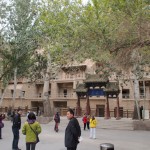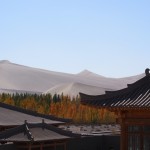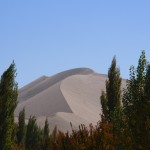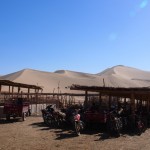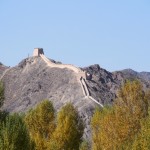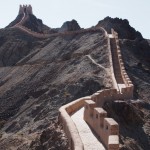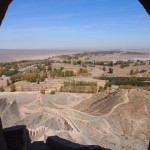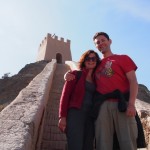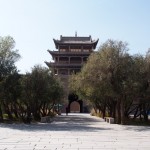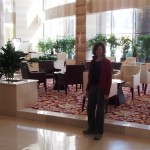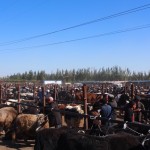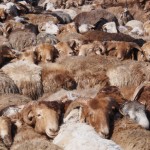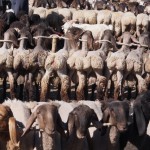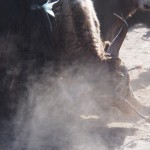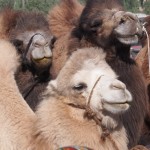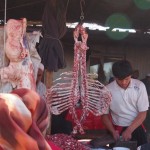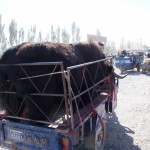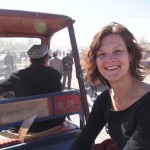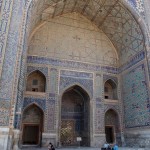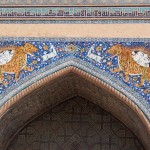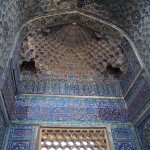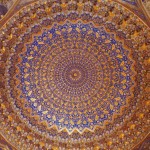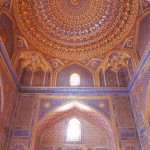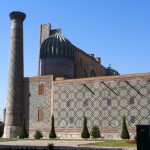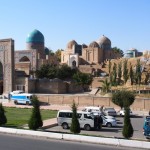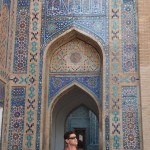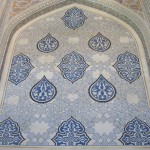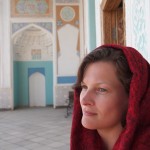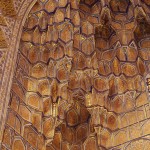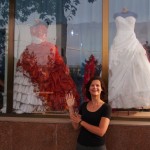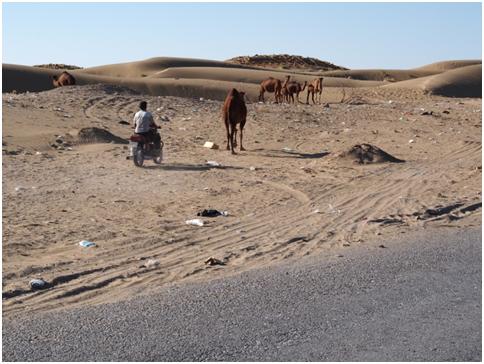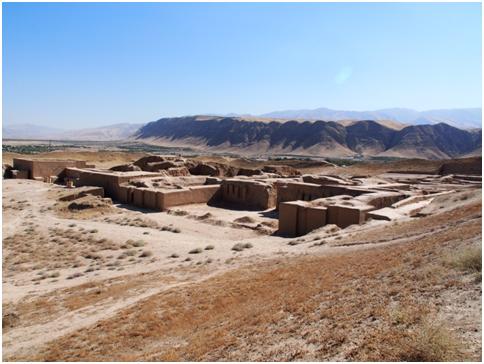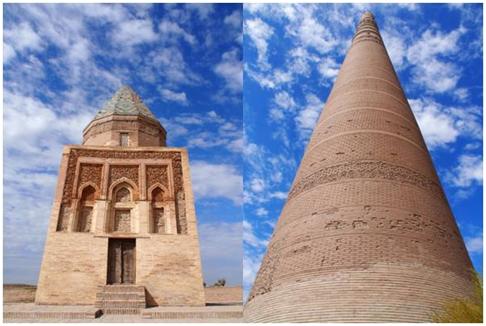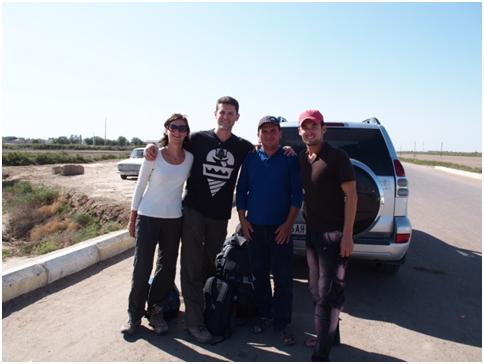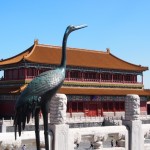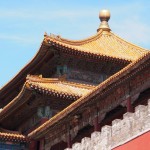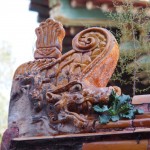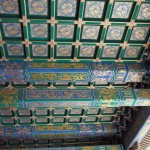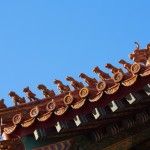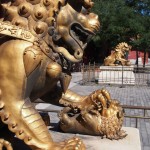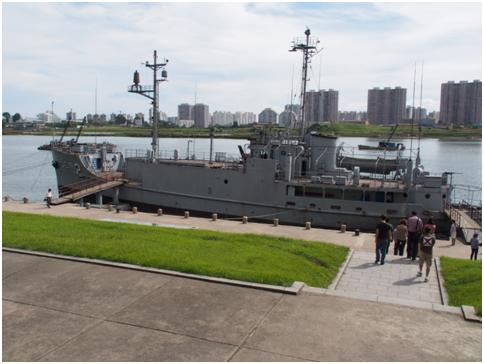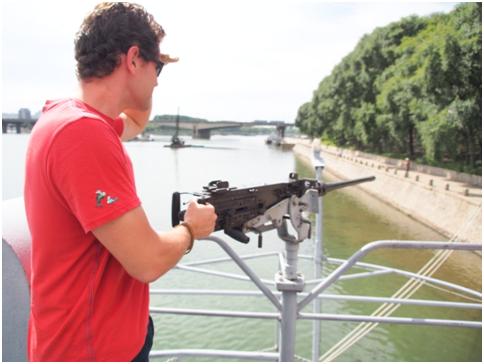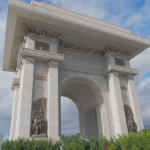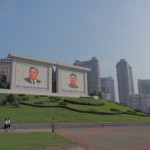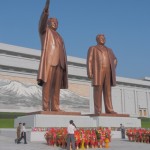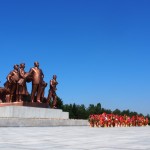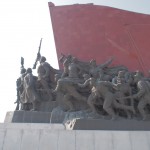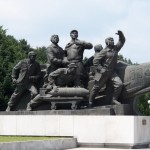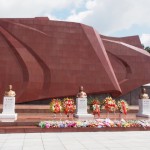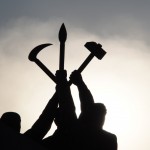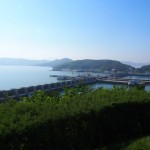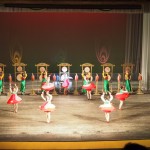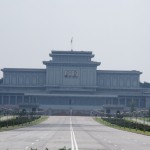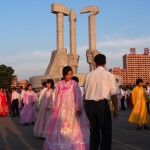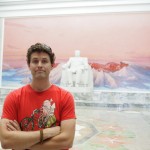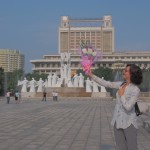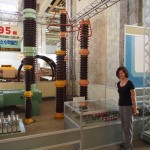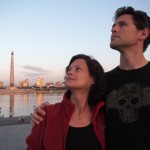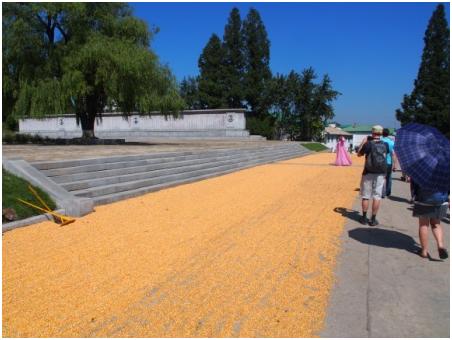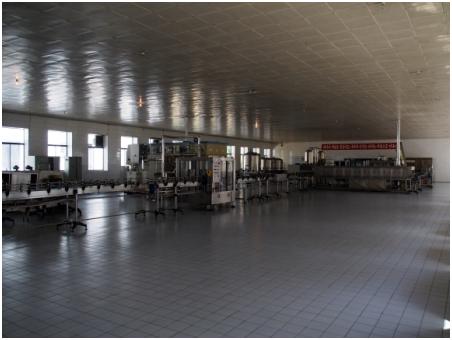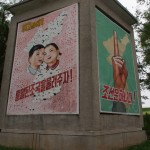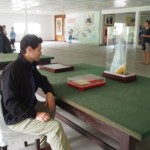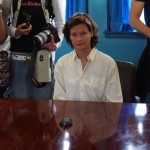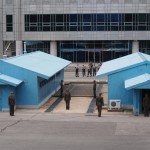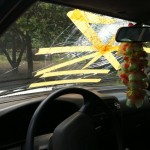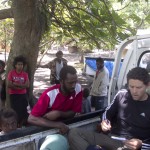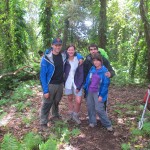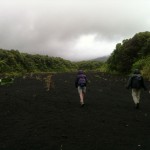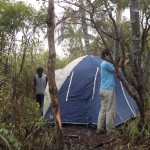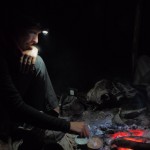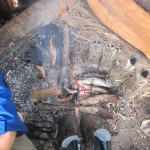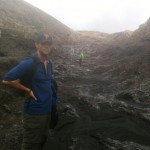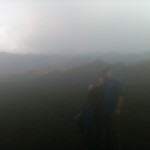We had a cunning plan to bridge our Silk Road epic into our trip to Tibet.
We’d go overland. Couldn’t be far, right?
We wanted to do the full Silk Road experience – not just in the Stans, but heading into China, and onto the official beginning of civilization (as these things were measured at the time) as denoted by the end of the Great Wall of China, in Jiayuguan. A mere 1,500 miles from Kashgar, with 2 notable sights to see along the way, the first being some ooh, 1,350 miles from Kashgar. All before then travelling a further 500 miles to Xining, whence to board our 1,100 mile train journey into Tibet. So 3,100 miles in total. Or to put it another way, a slightly greater distance than crossing the United States. All to be done in a little under 2 weeks so that we could connect to our Tibet trip.
Reader, we cheated. We shamelessly flew the 1,350 miles from Kashgar to Dunhuang (via the charming city of Urumqi – don’t miss it) instead of just manning up and taking a simple 32 hour train journey. And boy, were we glad we did.
You see, in case it’s not clear from the above this is a region not overly blessed with a great concentration of tourist sights. Or indeed tourists. Whilst Uzbekistan proffers 3 or 4 world class, stunning architectural sites for each 3-4 hour journey you take, Western China has 3 or 4 kind of quite cool sights for each 3 or 4 DAYS journey you take. The hotels are drab, the food uninviting, and we’ve not seen a white person since we got here. Which also means that we’re a vast source of local entertainment and get stared at everywhere we go (we’ve started to stare back. Surprisingly good fun, actually).
All in all, it’s been pretty hard core.
Still, the remaining Silk Road sights themselves were pretty cool, and what this crazy trip has given us is a chance to really witness the immense changes – topographical, environmental, cultural and anthropological – which take place along the Silk Road. It’s been kind of fascinating to watch the progression of faces from vaguely Slavic in Turkmenistan all the way through to the Chinese Muslims. Plus that ever important index, the availability of wine: from none whatsoever in Turkmenistan and most of Uzbekistan, to Georgian (surprisingly good) in Kazakhstan and Kyrgyzstan, to Chinese (we’ve had 2: one ok, one awful. Jury’s out) in China. A region of true diversity.
The first stop after Kashgar was Dunhuang, famous for 2 sights. One is the Mogao caves, a set of caves filled with Buddhist artwork dating from the 13th century and older, although frequently defaced by later Muslim traders who came along the Silk Road and couldn’t bear this evidence of believers of another faith. It’s an absolutely stunning sight and all the more remarkable after 3 weeks of Islamic art, but unfortunately we’ve no pictures – photos aren’t allowed as apparently 13th century wall paintings don’t take too kindly to the flash. The other main sight is the sand dunes, which were pretty awesome (as seen from the roof of our hotel – climbing a 1,000m sand dune filed us both with absolute horror).
Next stop, Jiayuguan and the end of the Great Wall, which was pretty epic, and provided a rather nice sense of completion.
We’re a bit sad still, because we’ve really loved parts of the Silk Road, and the Chinese segment didn’t quite live up to the rest of the route. But it’s been an amazing part of the journey. And the journey continues.
Next stop: Tibetan Buddhism!
- Entrance to the Mogao caves. The caves themselves are much cooler, promise
- View of the Dunhuang dunes from our hotel roof. Intrepid, us
- Dunes with slightly greater zoom. We’re not above cheating, you know
- OK, we did actually walk up to them. Just not UP them
- The end of the Great Wall (reconstructed…otherwise I guess the end would be rather nearer Beijing)
- This must have been the worst possible posting in China
- Vital to protect all that desert from marauders
- Speaking of marauders…
- Jiayuguan Fort, last bastion of defence against uncivilized beings

